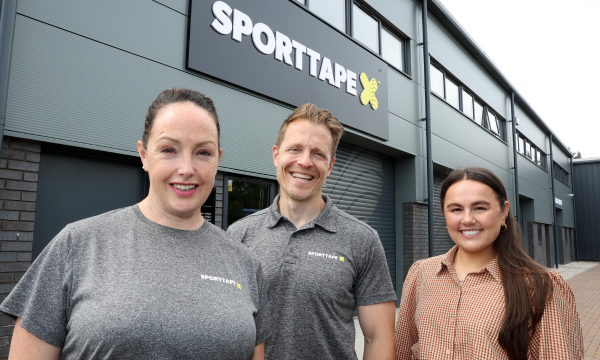Development of, and improvements to, products, process, services or software are activities that are typically planned and therefore included in a company’s business strategy. As such, these activities are normally simple for companies to identify as part of their R&D tax credit claim.
But what about those activities that that are not planned, forcing you to react to situations outside of your control. Responding to these situations may be considered internally as routine business changes, however, they may qualify for R&D tax credit relief.
Matthew Jones, managing director at LimestoneGrey commented:
‘Hidden R&D can be extremely lucrative for a business. The key to identifying these activities is understanding how external forces impact your business, and the activities you need to undertake to respond to these forces.’
External factors that could ignite R&D activity
There are a number of external factors that could kickstart R&D activity, and in turn, create technical challenges and uncertainties that could qualify for R&D tax credit relief.
Legislative changes
Has your company been affected by any legislative changes in the past 3 years? Did this result in you needing to overcome technical hurdles?
For example:
- Are you no longer able to use a particular substance or material, forcing you to investigate alternatives?
- Have changes in environmental legislation impacted your production process?
Suppliers
Has your company experienced any technical challenges relating to problems with existing or new suppliers?
For example:
- Has your company been forced to substitute a particular material or component due to your supplier’s availability? Has this caused you any significant technical problems?
Market changes
Have you needed to change your product or service in response to market conditions?
For example:
- Changes in customer demand?
Project delays and overruns
Have any of your projects overrun, in time and costs? Was this due to technical challenges?
Matthew Jones further commented:
‘If any of the above scenarios have happened in your business in the last three years, and technical challenges arose when trying to react, this is indicative that your company may be entitled to make an R&D tax credit claim.
The fact of the matter is you do not need to try to create highly advanced, revolutionary products to qualify for R&D tax credits. Simply seeking to make changes and improvements to existing products, processes, services or software can qualify as R&D.’
























